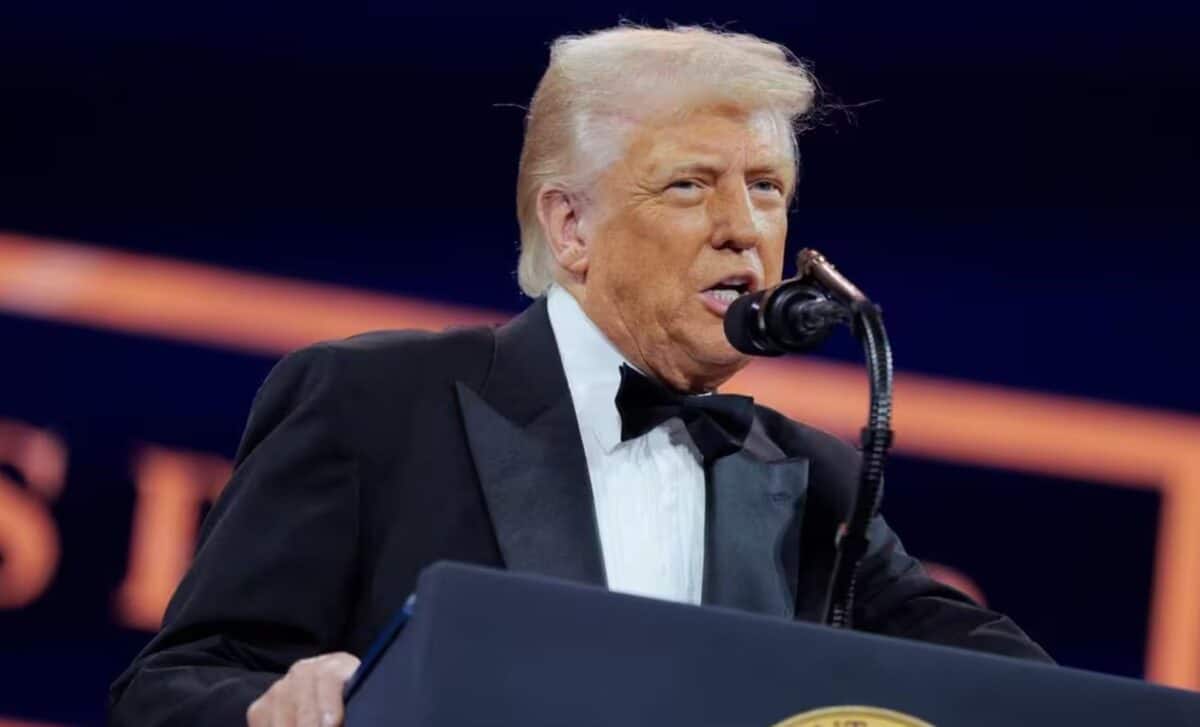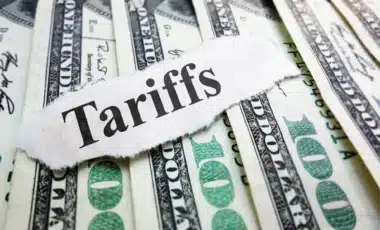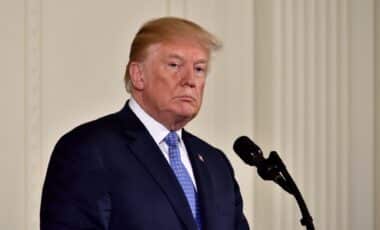President Donald Trump has reversed course on sweeping import tariffs just hours after they came into force, temporarily easing tensions with dozens of countries while escalating trade pressure on China. The move comes amid widespread market volatility and mounting global criticism over the unpredictability of U.S. trade policy.
According to the White House, tariffs on imports from most U.S. trading partners will be reduced to a flat 10% for 90 days, offering temporary relief to global markets. China, however, faces a significantly harsher tariff rate of 125%, following its own retaliatory measures earlier this week.
A Strategic Pause or Market Reaction?
President Trump’s abrupt decision follows days of market turmoil triggered by the introduction of the so-called “reciprocal tariffs” announced on April 2. The tariffs, which had begun affecting imports from nearly all U.S. trading partners, caused sharp losses in global equities, with the S&P 500 plunging by 9.5% before rebounding after the reversal.
The Nasdaq Composite saw its best performance since 2008, climbing nearly 10%, while U.S. crude oil rose 4.65%, reflecting a rapid recovery in investor sentiment.
According to CNBC, Trump cited restraint from over 75 countries in retaliating as justification for the pause, stating that those who “do not retaliate will be rewarded.” In contrast, China’s response—an 84% tariff on U.S. goods—prompted the U.S. to sharply increase its own tariffs.
Treasury Secretary Scott Bessent described the decision as part of a long-term negotiation strategy. Speaking from the White House, he said, “This was his strategy all along” However, internal contradictions have emerged, with Commerce Secretary Howard Lutnick insisting that requests for dialogue—not market pressure—were the catalyst.
Businesses Caught Between Policies and Uncertainty
Despite a short-term boost to investor confidence, the sudden shift in policy has left many businesses uncertain about long-term planning. Companies such as Delta Air Lines and Wayfair were forced to reconsider investment decisions amid fears of higher costs and fluctuating trade conditions.
According to AP, some firms laid off workers or froze hiring due to the unstable tariff environment. Stellantis, for example, temporarily cut 900 jobs in North America following disruptions caused by the 25% duties on vehicles and components. Retailers, however, benefited from the pause, with Nike and Levi Strauss stocks rising by over 10%.
The White House has confirmed that the 10% baseline tariff remains in place and that negotiations with individual countries will begin immediately. Canada and Mexico remain subject to existing duties under exemptions within the USMCA framework, while talks are expected to address a range of bilateral concerns.









